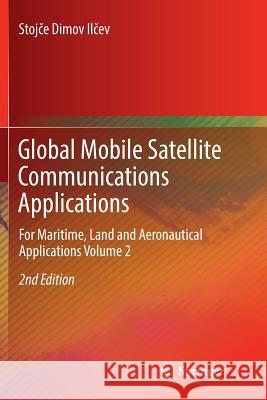Global Mobile Satellite Communications Applications: For Maritime, Land and Aeronautical Applications Volume 2 » książka
topmenu
Global Mobile Satellite Communications Applications: For Maritime, Land and Aeronautical Applications Volume 2
ISBN-13: 9783319891118 / Angielski / Miękka / 2018 / 652 str.
Global Mobile Satellite Communications Applications: For Maritime, Land and Aeronautical Applications Volume 2
ISBN-13: 9783319891118 / Angielski / Miękka / 2018 / 652 str.
cena 883,53
(netto: 841,46 VAT: 5%)
Najniższa cena z 30 dni: 848,19
(netto: 841,46 VAT: 5%)
Najniższa cena z 30 dni: 848,19
Termin realizacji zamówienia:
ok. 22 dni roboczych.
ok. 22 dni roboczych.
Darmowa dostawa!
Kategorie:
Kategorie BISAC:
Wydawca:
Springer
Język:
Angielski
ISBN-13:
9783319891118
Rok wydania:
2018
Wydanie:
Softcover Repri
Ilość stron:
652
Waga:
0.95 kg
Wymiary:
23.39 x 15.6 x 3.56
Oprawa:
Miękka
Wolumenów:
01
Dodatkowe informacje:
Wydanie ilustrowane











